50 Urban Blocks 2, practicing the rules of the game
a+t research group publishes a second deck of cards on housing and city
December 16, 2020

Once upon a time there was a residential building that emerged from an urban project, in turn the consequence of an intermediate plan, which was born from a master plan ... Here is the routine growth of the contemporary city, which is structured from top to bottom in a succession of decisions - more like surrenders and resignations - where only a few initial ideals manage to survive.
To face the game board on which the construction of the city takes place, we propose a test ground where you can practice the basic rules: a one-hectare square block. This is the scale of action of the urban project and at the same time allows for an architectural design. And on this generic plot we test forms, densities, groupings, typologies and itineraries.

Take an example: we wish to explore the potential of the perimeter block form, with its alignment of the buildings on the edge and the great interior void -a classic- and suppose that the planning forces us to 1.0 FAR, that is, 1.0 m2 built for each m2 of plot. In this case, the volumes would not be very high and all the interior facades would have good natural lighting. If, instead of 1.0, the required FAR by the urban planning was 3.0, we could adopt the same form, the perimeter block but, in that case, we should increase heights and carve certain volumes to maintain permeability and sunlight. Thus, as the base form itself adapts to the FAR, the form family emerge.

We have created 10 urban form families and each one has been developed to accommodate 5 density situations: from low (1.0) to high (3.0). They are inspired by citadels, archipelagos, clusters, amoebas, patios, snakes, labyrinths… We have also worked with voids, proposing passageways and gathering points, pedestrian paths and green areas, public and private spaces. The blocks are permeable and at the same time preserve users’ privacy.

We assume that we have not had to consult with developers or convince buyers. We have simply put in a combination of form, buildability and habitability conditions and we have done so inspired by specific projects, the references of which appear on the margin of each card.
Housing is the essential element of the city and building the city consists, in 90 percent of the cases, in building housing, a sensitive and fragile element, which requires skill in handling rules and forms. This is the reason why we have designed this deck of cards, because we believe in collective housing, in the transforming force of design and in the need to imagine a city of diverse forms and densities.
Aurora Fernández Per and Javier Mozas. a+t research group.


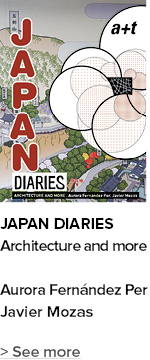




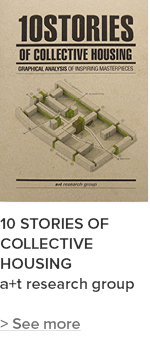

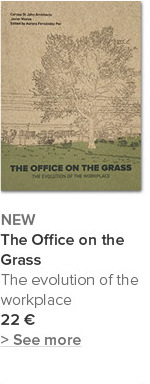
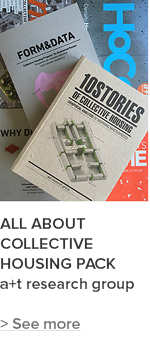
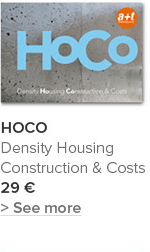

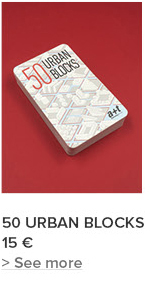
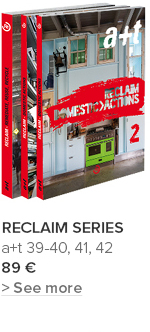

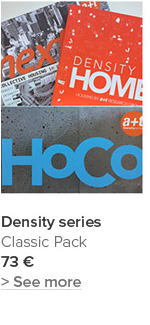














 I've read and agree to
I've read and agree to 


